The U.S. Navy’s most advanced carrier has spent the last two weeks operating at the edge of the Arctic Circle alongside a combined NATO flotilla, underscoring just how central the High North has become in great power competition.
From August 23 to September 8, the USS Gerald R. Ford (CVN 78) Carrier Strike Group led a multinational force through the Norwegian Sea and waters southeast of Svalbard. The deployment brought together U.S., Norwegian, French, and German warships under both national command and NATO’s Standing Maritime Group 1.
Rear Adm. Paul Lanzilotta, commander of Carrier Strike Group Twelve, framed the deployment as part of a deliberate build-up of allied Arctic operations. “What we’re doing is a building block on the last three years of our U.S. Carrier Strike Groups’ work off the coast of Norway and in the High North seas with the Royal Norwegian Navy,” he said. “Our mutual understanding of each other’s naval priorities, perspectives, and methods ensures efficient and effective work whenever we operate together.”
The surface action group built around USS Bainbridge (DDG 96) and USS Mahan (DDG 72) was joined by Norway’s Thor Heyerdahl (F 314), France’s Aquitaine (D 650), and Germany’s Hamburg (F220). Coalition auxiliaries, USNS William McLean (T-AKE 12), HNoMS Maud (A 530), and FS Somme (A 631, kept the force sustained as it maneuvered across the High North.
Norwegian Cmdr. Lars Ole Hoknes, leading Thor Heyerdahl, left little doubt about his navy’s determination to protect its near-Arctic waters. “The Norwegian Sea and the areas surrounding it must remain free, no matter the cost,” he said.
The strike group itself sharpened its claws during the deployment. USS Gerald R. Ford and USS Winston S. Churchill (DDG 81) conducted coordinated strike and flight operations with the Royal Norwegian Air Force, practicing the kind of high-end interoperability NATO leaders see as critical against near-peer threats.
The deployment comes in the wake of the Pentagon’s 2024 Arctic Strategy, which called the region a decisive arena for safeguarding Euro-Atlantic security. The Ford-led operations were presented by the Navy as a direct implementation of that guidance, with a focus on maritime domain awareness and campaigning in contested polar environments.
Carrier Strike Group Twelve remains deployed to U.S. 6th Fleet, where it will continue maritime security and deterrence missions across Europe and Africa. As the Navy bluntly put it, the aim is to “deter aggression, preserve economic prosperity and keep the seas free and open.”




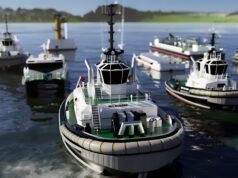


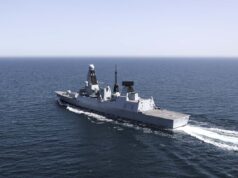

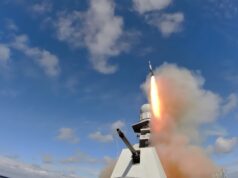
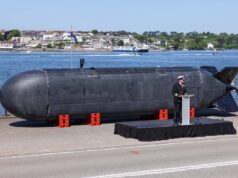
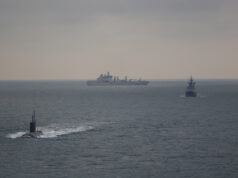
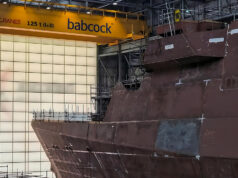

Seems like the Russians have been using their latest Yassen M class submarines to try and intercept the Ford and her strike group and UK P8’s have been having a great time grabbing all their acoustic signatures.
Knowing the great lengths NATO navy’s go to to make sure no one ever records one of our nuclear submarines I can only laugh at the apparent superior Russian nuclear submarines being used for daft things like port visits in Cuba or running round NATO carrier groups trying to get largely worthless acoustic signatures from air craft carriers while giving away your own highly valuable submarine secrets.
Like everything Russia ever made post 1945 the Yassen will probably last two minutes in a fight against the RN or other high end NATO navy’s.
much the same shit with Chinas type 93 in the SCS in 2021 against HMS Queen Elizabeth.
They’ll be some skills and drills in this exercise. I can not imagine being on an open flight deck launching and recovering planes in that environment.
As you know, Robert is the man for that.
Good to see the US Navy does more than just blow up civilian vessels in international waters under the tRump administration. 🤔🇨🇦
Good to see the US Navy does more than just blow up civilian vessels in international waters under the tRump administration.